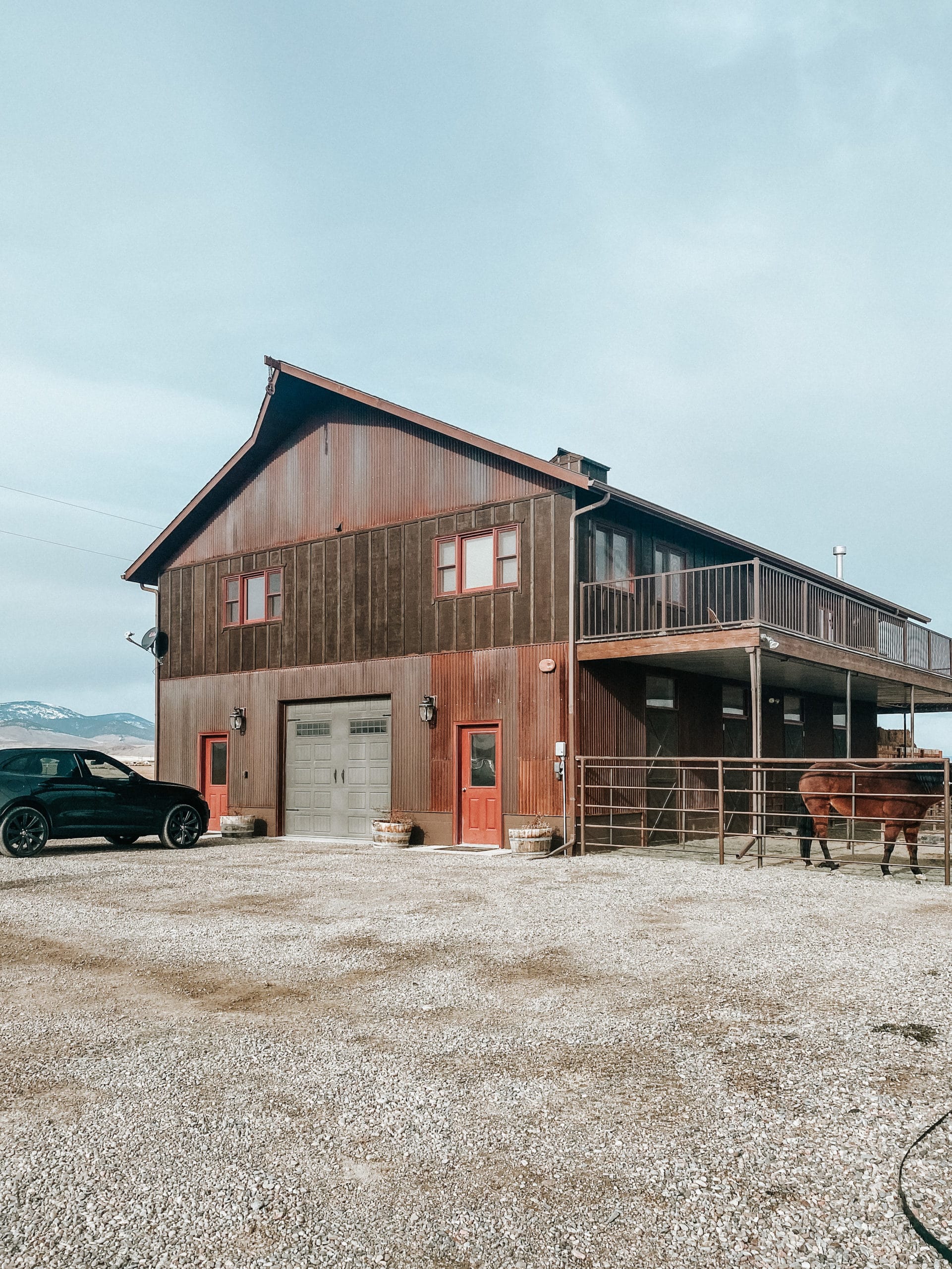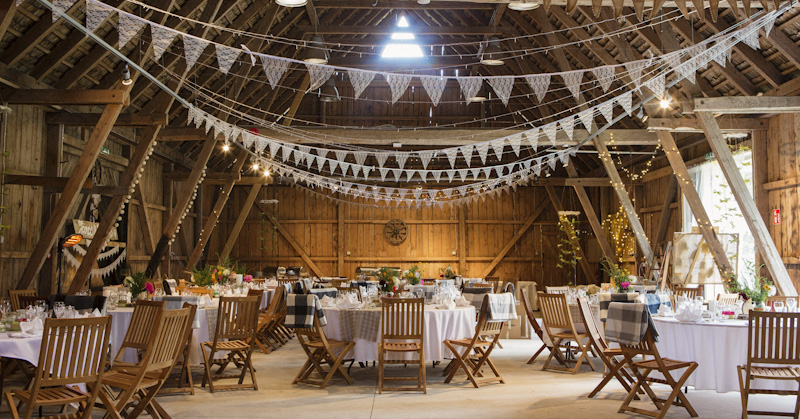Barndominiums Vs. Standard Residences: a Detailed Contrast of Lifestyle and Performance
The choice between barndominiums and standard homes includes various variables, consisting of way of living preferences and functional needs. Barndominiums are characterized by their open designs and flexibility, typically interesting those that focus on public living and adaptability. In contrast, typical homes offer an even more organized setting, which may much better offer families looking for personal privacy and a sense of background. As we take a look at the price implications and ecological factors to consider, it comes to be clear that the option prolongs beyond mere visual appeals and performance; it welcomes a much deeper expedition of what absolutely defines a home.
Summary of Barndominiums
Barndominiums, an unique housing trend gaining appeal across various areas, mix the rustic charm of barn-style style with the functionality of modern-day home. These one-of-a-kind structures generally contain a metal or timber framework, incorporating open layout and high ceilings with energy-efficient attributes. Commonly situated on extensive rural properties, barndominiums supply property owners the chance to delight in a tranquil lifestyle while giving adequate area for various activities.
The convenience of barndominiums prolongs past their visual allure; they can act as both living quarters and functional areas for leisure activities, workshops, and even little businesses. Their adaptive style allows for easy personalization, accommodating diverse family needs and preferences. Several owners appreciate the low maintenance needs associated with steel home siding and roofing, adding to long-lasting durability.

Characteristics of Conventional Houses
Emphasizing classic layout and comfort, typical homes are identified by their unique building designs, which usually show historical impacts and local aesthetic appeals. Typical functions consist of symmetrical exteriors, gabled roofings, and a focus on craftsmanship, leading to a warm and inviting ambience.
Traditional homes commonly incorporate aspects such as crown molding, wainscoting, and wood floor covering, boosting their timeless allure. They usually feature numerous areas with specified objectives, advertising family members communication while enabling privacy. view now. The design typically includes formal living and dining areas, which are favorable to amusing guests and hosting family members gatherings
Outside materials such as block, timber, or rock are regularly utilized, adding to sturdiness and a sense of permanence. Barndominium repair. In addition, several standard homes are developed with front verandas or stoops, promoting a feeling of area and link with the neighborhood
Landscaping plays a significant role in traditional home layout, with well-maintained gardens and pathways that improve visual charm - click here to view. On the whole, traditional homes embody a sense of fond memories and security, attracting those who value heritage and a much more structured living atmosphere
Cost Comparison
Typically, a cost contrast in between barndominiums and standard homes reveals substantial differences in construction costs and overall financial investment. Barndominiums, usually created from metal or steel structures, commonly sustain reduced material and labor prices than traditional homes constructed from wood and block. The simplified design of barndominiums can translate to reduced building times, further decreasing labor costs and expediting occupancy.
Usually, the expense per square foot for a barndominium varies from $100 to $150, while typical homes can vary widely, generally dropping in between $150 and $300 per square foot, relying on place, materials, and layout intricacy. This expense disparity makes barndominiums an appealing alternative for budget-conscious purchasers seeking larger space without sacrificing quality.
In addition, barndominiums might lead to lasting cost savings with lower upkeep prices, energy efficiency, and insurance coverage prices. Their durable construction products typically require less upkeep gradually contrasted to typical homes. It is crucial to think about that while first expenses may be reduced for barndominiums, the last financial investment will likewise depend on individual modification and desired amenities, which can influence the total cost in both housing kinds.
Lifestyle and Room Considerations
When considering lifestyle and area, barndominiums provide a special versatility that attract a selection of house owners. These hybrid frameworks incorporate residential dealing with useful space, usually including open layout that can be adjusted to suit private demands. This flexibility is specifically beneficial for family members or individuals looking for a personalized living setting, allowing for diverse uses such as home offices, workshops, or recreational locations.

Moreover, the aesthetic appeal of barndominiums can accommodate both rustic and modern tastes, making them this content a versatile option for numerous design choices (Barndominium builder). Ultimately, the selection in between a barndominium and a traditional home frequently rests on exactly how well each option straightens with the property owner's way of living aspirations and spatial demands, highlighting the relevance of thinking about personal priorities in the decision-making process
Ecological Influence and Sustainability
The ecological effect and sustainability of barndominiums existing compelling advantages contrasted to traditional homes. Largely constructed from steel and other long lasting materials, barndominiums are typically constructed making use of recycled resources, minimizing the need for new products and decreasing waste. Their style commonly highlights open spaces, which can cause reduced power usage for cooling and heating contrasted to traditional homes with even more segmented layouts.
Furthermore, barndominiums can include lasting functions such as photovoltaic panels, rainwater harvesting systems, and advanced insulation methods, boosting their power performance. The flexibility of their style permits property owners to integrate these innovations much more flawlessly than in lots of conventional homes, which may need substantial retrofitting.
In addition, barndominiums usually require less sources for construction due to their easier, much more efficient styles (read more). Generally, barndominiums represent a forward-thinking approach to lasting living, straightening with contemporary environmental concerns.
Conclusion
In summary, the selection between barndominiums and conventional homes depends upon individual way of living preferences and useful requirements. Barndominiums, with their open layouts and lasting materials, deal with those looking for flexibility and public living. Alternatively, conventional homes offer specified spaces that improve privacy and copyright historical visual appeals. Each option presents unique benefits, requiring cautious consideration of one's values and requires when determining one of the most suitable living environment.